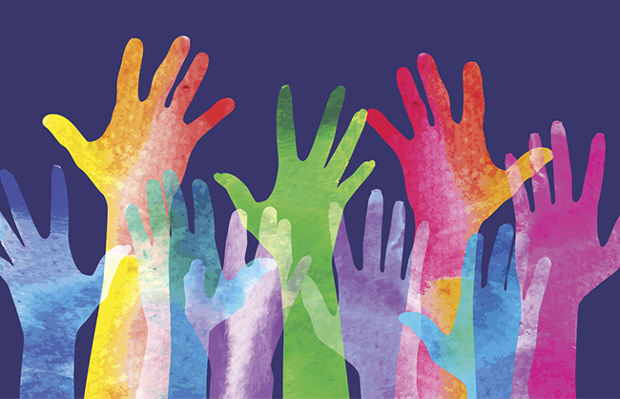
BAME Representation Within the Creative Industries

Gemini People consultant, Jennifer Twumasi, discusses BAME representation within the creative industries
London is one of the global capitals for culture and the creative industries sitting alongside the likes of New York, Berlin and Sydney. The sector contributes over £42bn a year to the UK economy and accounts for one in six jobs in the capital, however, only 13% of creative jobs are filled by BAME (Black, Asian & Minority Ethnic) groups. In addition, only 8% of senior positions have BAME representation.
In 2016, the then Minister of State for the Creative Industries, Matt Hancock, described the arts as “one of the greatest forces for openness and social mobility”, however, how do we harness such forces if BAME employees are continually underrepresented?
I recently spoke to Paul Bell and Shilpa Sankhe to hear about their experiences of BAME representation within the creative industries and we explore what more can be done to encourage greater representation within the sector.
Paul, a freelance project manager with over 25 years’ agency experience including Wieden + Kennedy, Saatchi & Saatchi, Geometry and Rankin, suggests that brands and agencies are happy to use black culture in mainstream advertising campaigns, but, won’t necessarily hire from ethnic minorities to work in their agencies. He also adds that there is very little diversity within the creative industries due to lack of representation at board and senior management level.
Shilpa, currently head of design at Recipe Advertising Ltd highlighted similar issues she experienced when she moved over to the UK from India. Although Sankhe had over eight years’ experience in design and had worked on various international brands including GSK, Miele and Danone, she faced a lot of rejection from internal recruiters. Through perseverance and her hard-work ethic credited to her Indian education, Sankhe landed a role at her current employers achieving promotion within the first six months.
Paul went on to add that to make real progress, diversity starts from the top and suggests that those from BAME backgrounds with senior positions should try and help garner opportunities from similar backgrounds. Sankhe shares a similar sentiment and has already started building a diverse team by recruiting those from a variety of backgrounds. However, brands and agencies need a far greater focus on developing D&I initiatives that really affect social mobility and change.
One initiative, CultureHeroes, the brainchild of Engine creative chief executive, Ete Davies, is aimed at creating the next generation of BAME leaders across advertising, design and technology. Ete says: “By creating a change in leadership representation, there is hope to create an environment for long-term, sustainable inclusion for BAME professionals in the creative industries.”
These sorts of initiatives are very welcome and we are seeing more and more organisations creating greater opportunities for BAME; for example the FA announced a new equality action plan designed to address recruitment and identify talent from different backgrounds. Tony Hall, director-general of the BBC, has also recently committed to appointing two BAME advisors to key BBC leadership groups for 2020. He said “Diversity of thought is so important to us. We can’t be the creative, inclusive organisation we want to be if we’re not representative of the whole of the UK’.
While it’s clear to see there is lots of work to be done, we need to ensure that these D&I initiatives are treated as strategic priorities that really drive talent acquisition and retention, otherwise we will end up with a diversity churn that takes us back to square one. We also need to ensure that these initiatives are not only exclusive for senior roles but also for executive and junior positions, to ensure that workforces are fully representative of society.
Click here for an ever-expanding list of companies, programmes and initiatives that are stepping up to the plate.












